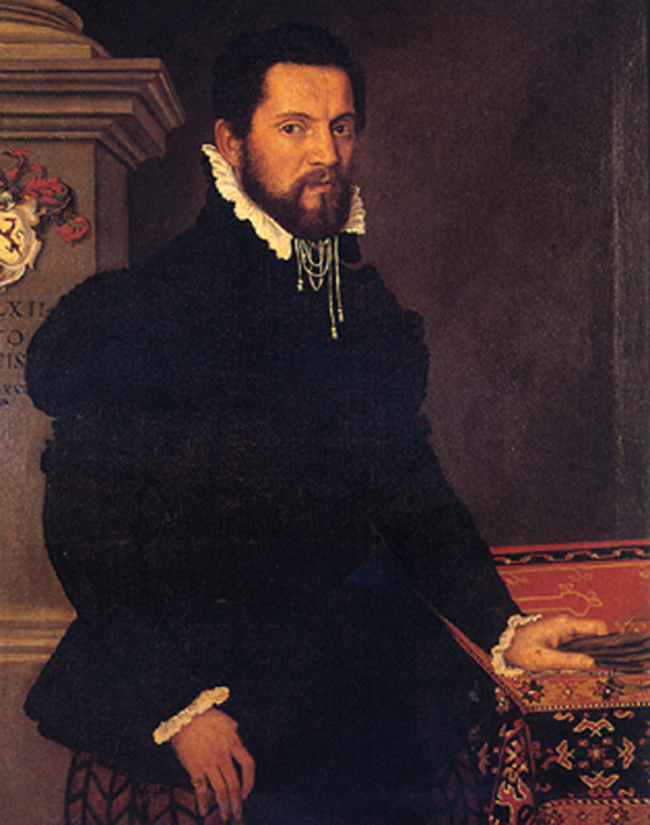|
Bellini keyhole carpet, 16th century, Turkey (Western
Anatolia), Ottoman Empire. 115 x 155 cm, wool pile on a wool foundation
78 x 136 cm, incomplete
Museum of Islamic Art, Berlin, inv. no. I.6930

One of the most interesting ornaments seen on Anatolian rugs is the
so-called 'Keyhole' or 'Re-entrant' device. This motif is formed by a
continuous narrow band that runs largely around the edge of the field: at
the sides it is close to and parallel with the borders; at the lower end,
it runs parallel to the main border until, towards the middle, it
're-enters' the central part of the field, often in an inverted 'U' shape,
resembling a keyhole. Rugs with this device are also known as 'Bellini'
rugs, because of depictions in two paintings, Gentile Bellini's Madonna
and Child Enthroned, after 1469, in the National Gallery, London, and
Giovanni Bellini's The Doge Loredan and Four Advisors, 1507, in the Bode
Museum, Berlin. 33 Keyhole rugs have been recorded in European paintings
from the end of the 15th to the beginning of the 17th century. This
suggests that, despite the preservation of comparatively few of them (18
are known similar to this Berlin example), these rugs were greatly admired
and were imported into western Europe in substantial numbers. Perhaps the
closest example to the Berlin Keyhole rug is depicted in a Portrait of a
Gentleman by an unknown Venetian artist, 1562, in the Museo Civico, Padua.
Another rug similar to this is in the Metropolitan Museum of Art, New
York, from the Ballard Collection in St. Louis. The surviving rugs of this
design represent a tradition stretching back over many centuries, and
should be judged as being among the greatest manifestations of Anatolian
tribal art. The particular medallion and hanging lamp seen here are
features associated with other carpets attributed to the end of the 15th
century.
text source: http://www.textile-art.com/artc/11miab.html

"Portrait of a Gentleman" by an unknown Venetian artist depicting a 'Bellini'
type carpet, mid16th century
Civic Museum (Museo Civico di Padova), Italy
|


